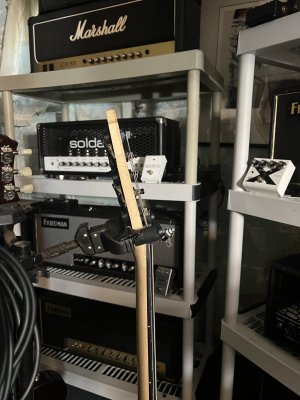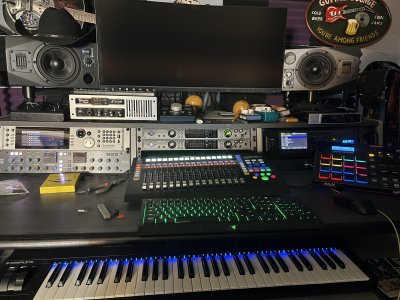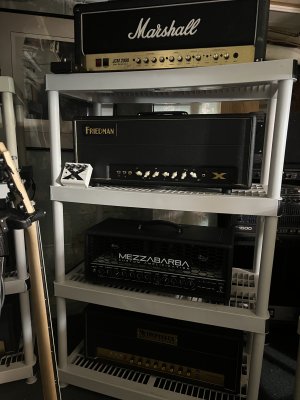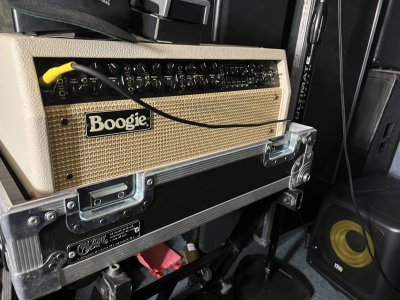Bruce
Shredder
- Messages
- 1,942
Evaluate your mixes on multiple systems until you really learn what your room and monitors sound like. Chances are you’re pretty far off from a great mix if you’re in a less than stellar sounding room. “The car test” is pretty popular.
It is helpful to import a reference track of a popular song in the style of your production. A/B frequently to see how your mix is holding up. Volume match them, the reference track will be much louder.
Mixing on headphones used to be a no no. Not anymore. The Slate VSX changed my life. Well worth the money.
This may be unconventional but I picked this up from Your Mix Sucks book. Start your mix using a relatively flat home radio. Something cheap no more than 100 bucks. Level everything on that and make broad adjustments here. After that, finish your mix on your monitors. This worked well for me a few times, surprisingly.
It is helpful to import a reference track of a popular song in the style of your production. A/B frequently to see how your mix is holding up. Volume match them, the reference track will be much louder.
Mixing on headphones used to be a no no. Not anymore. The Slate VSX changed my life. Well worth the money.
This may be unconventional but I picked this up from Your Mix Sucks book. Start your mix using a relatively flat home radio. Something cheap no more than 100 bucks. Level everything on that and make broad adjustments here. After that, finish your mix on your monitors. This worked well for me a few times, surprisingly.






 , seems complicated
, seems complicated